The secret behind colour change in chameleons revealed
Chameleons are famous for their ability to change colour instantly. This ability of chameleons made it one of the most interesting reptiles in the world. Many animals including vertebrates and invertebrates have the ability to rapidly change colour. Colour change in animals is usually attributed to camouflage and communication.
In many invertebrates like squid, colour is changed with the help of pigment containing cells called chromatophores. Chameleons colour change was also attributed with accumulation or dispersion of pigments in chromatophores. But a recent study [1] has revealed the secrets behind chameleon’s colour change. The study reveals that colour change is by the action of a set of nano crystals inside dermal cells.
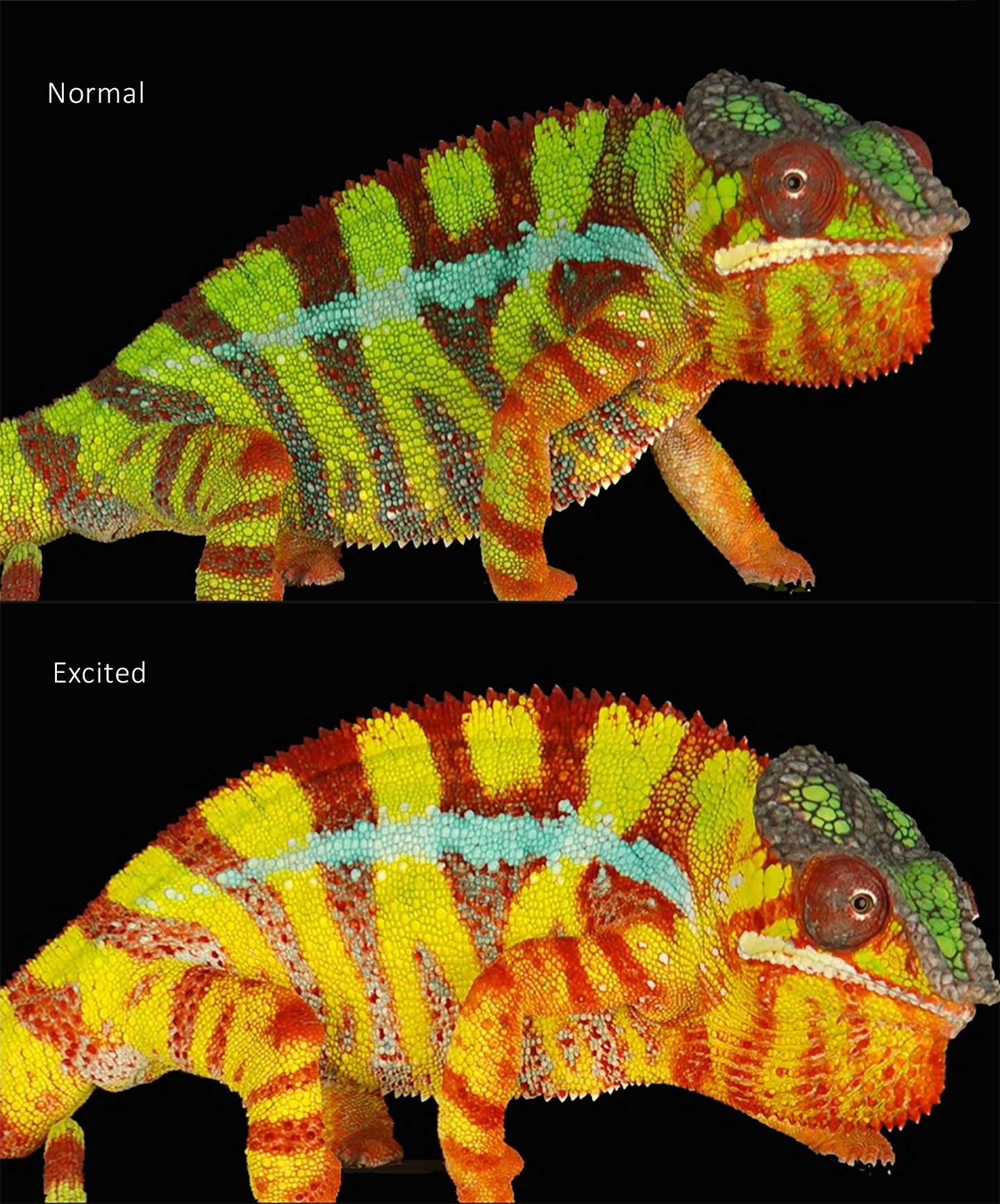
The study utilised Panther chameleon (Furcifer pardalis), with dynamic colour changing ability for identifying the mechanism responsible. They found two multi layers of morphologically different types of iridophores in chameleon’s skin. Iridophores are chromatophores with guanine crystals inside them, which have the ability to reflect light. Upper layer of iridophores (S-iridophores, superficial) are responsible for rapid structural colour change while the deeper cells (D-iridophores, deep) simply reflects light mainly in the near-infrared range.
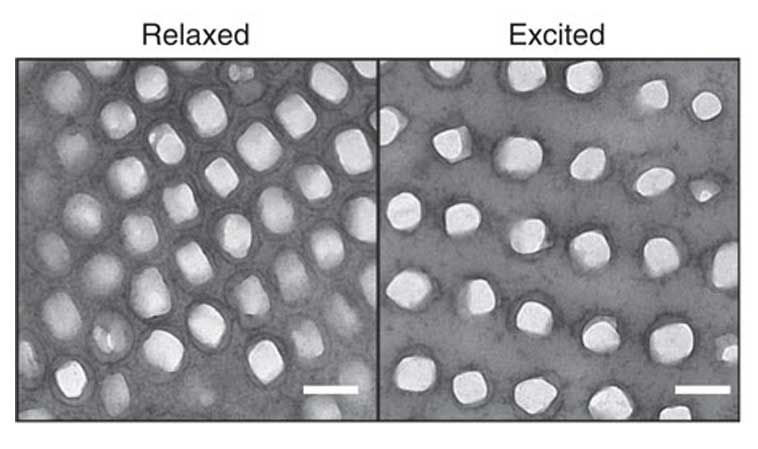
Guanine nano-crystals are arranged in a lattice in iridophores. The spacing of these crystals in the lattice determines wavelength of reflected light and thus the colour of the cell. When the animal is resting, the crystals were organised in a dense network and reflected light in blue wavelengths. During excitation, the nano-crystal lattice was loosened and light was reflected in yellow and red ranges. But in the lower layer, iridophores just reflected the light in near infrared ranges. This can be attributed as an adaption to stay cool as these chameleons live in bright sun.
Scientists studied colour change by filming them using high resolution videos and by Electron microscopy. Finally, they tested the theory by subjecting the iridophores to varying concentrations. This causes the cells to shrink or swell also changing the arrangement of nano-crystals. This resulted in the colour change of cells.
But the interesting fact is that, only males do effectively change colours. Colour change is activated when they see a rival male or an attractive female. Females and young ones have a reduced upper layer of iridophores, which attributes for their dull colour.
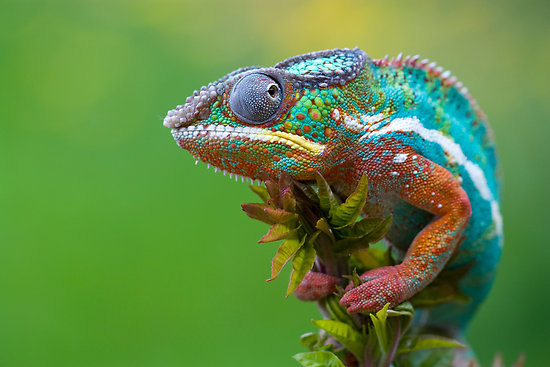


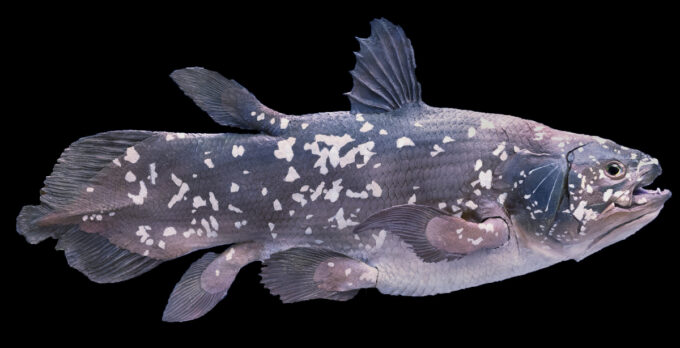
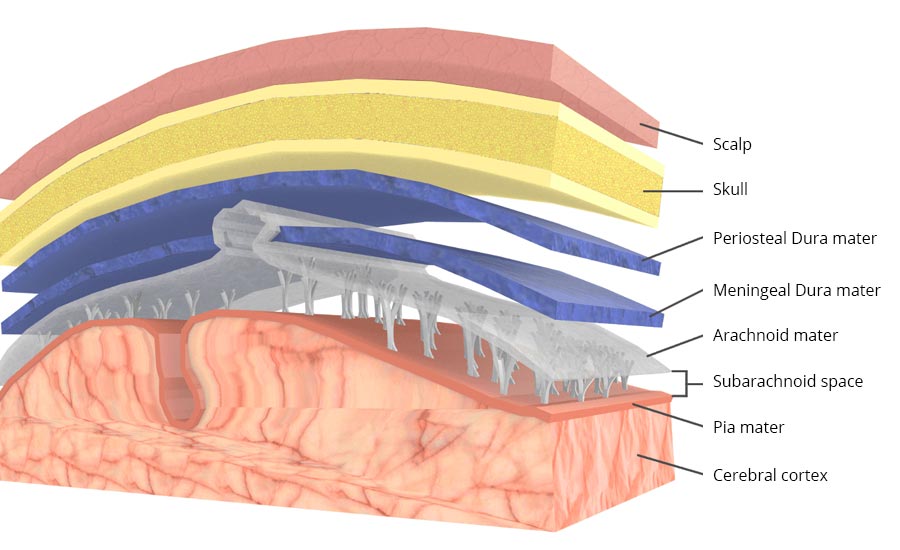


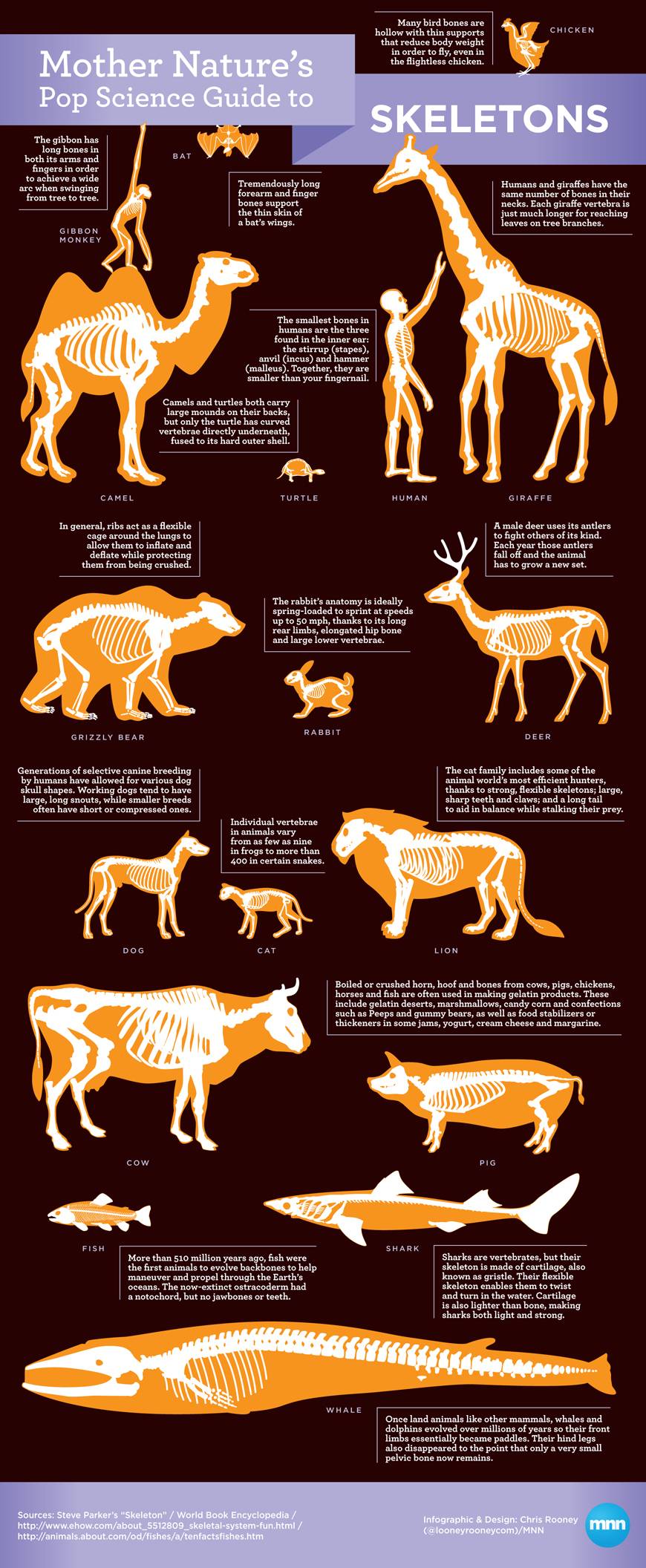
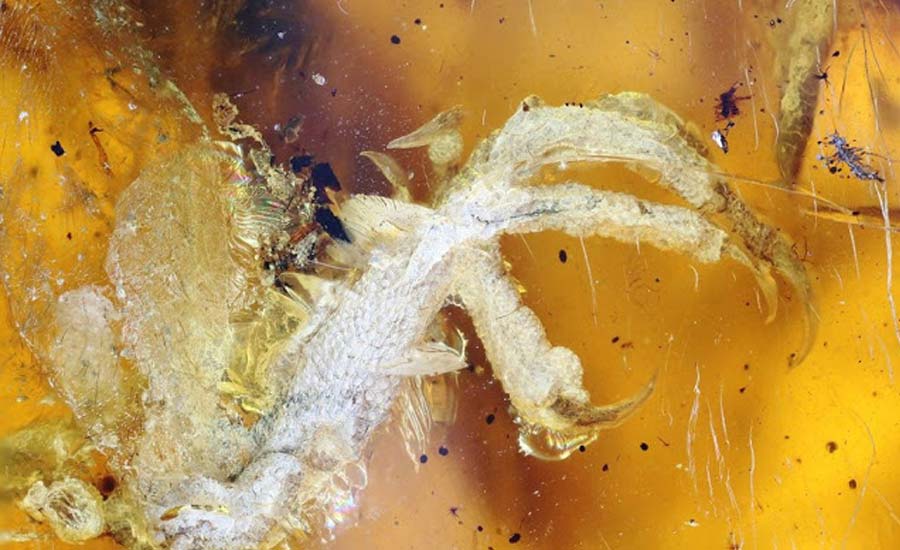
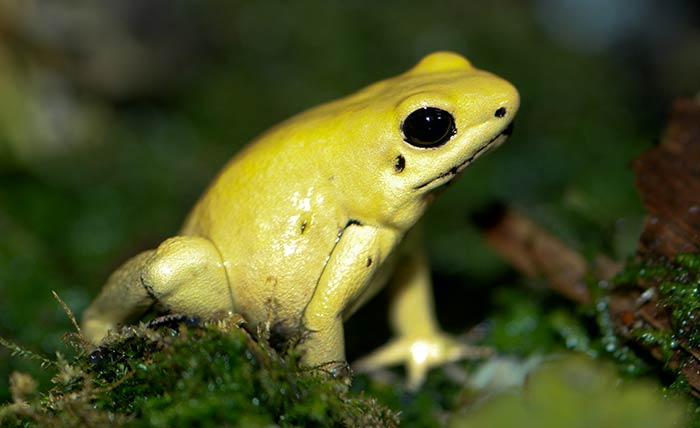
Leave a comment